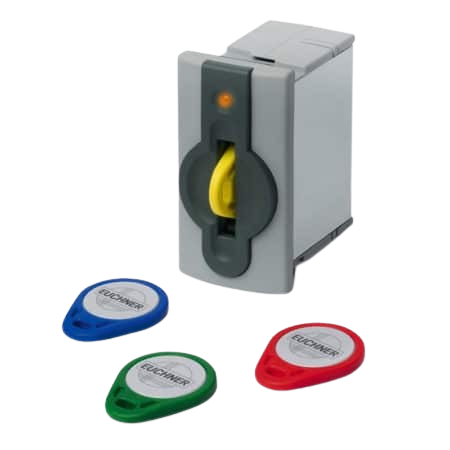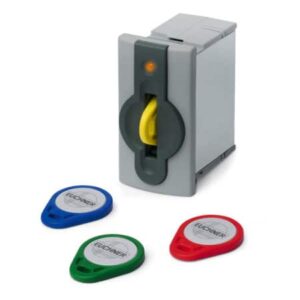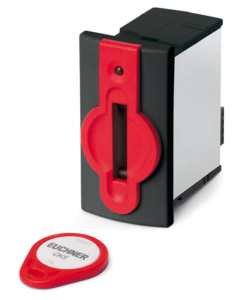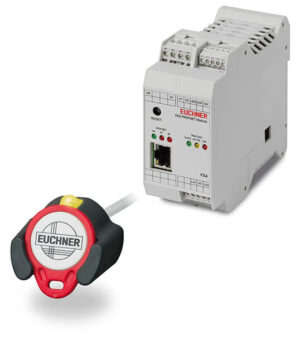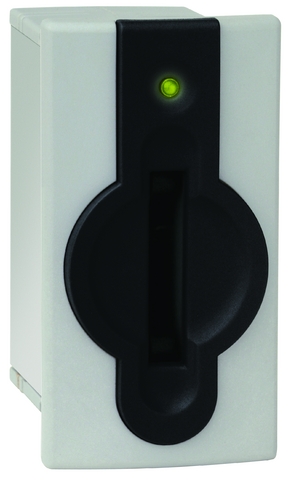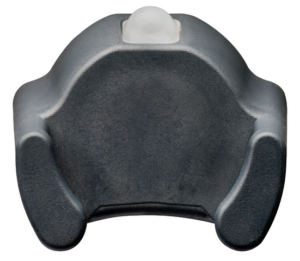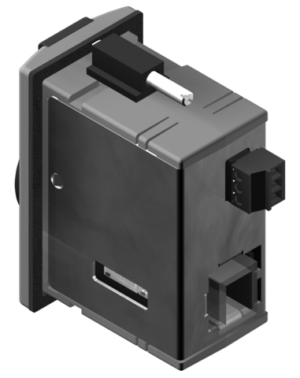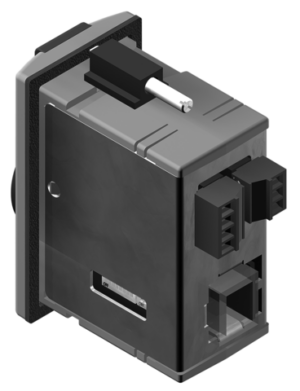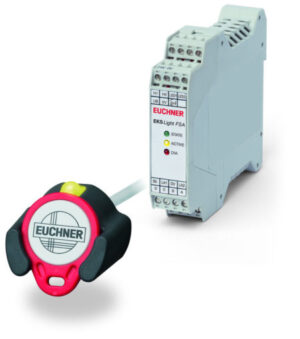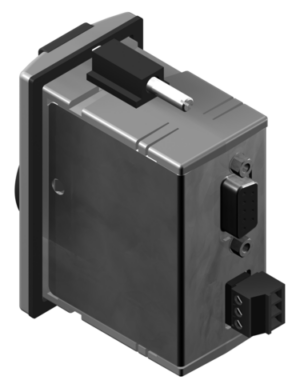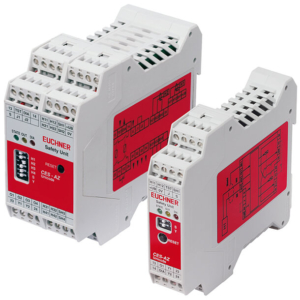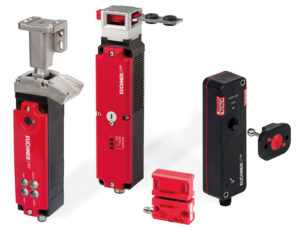Understanding Electronic Key and Asset Control Systems Definition and Overview Electronic key and asset control systems are intelligent, technology-driven solutions designed to secure, monitor, and…
Understanding Electronic Key and Asset Control Systems
Definition and Overview
Electronic key and asset control systems are intelligent, technology-driven solutions designed to secure, monitor, and manage access to valuable assets such as keys, access cards, and equipment. These systems replace traditional lock-and-key methods with automated platforms that offer real-time monitoring, audit trails, and unauthorised access prevention.
By integrating with electronic access controls and access control software, these systems give organizations complete control over who can access what, when, and for how long. This is especially valuable in sectors where managing physical security and accountability is critical—such as automotive, government, correctional, and logistics environments.
Key Components and Technologies
A robust electronic key system typically includes:
- Key cabinets with solid steel cabinet doors or 16-gauge powder-coated steel construction
- Access cards, PIN pads, or biometric scanners for authentication
- Key slots or rings with built-in sensors for real-time key presence detection
- Integrated control devices and logic boards to enforce permissions
- Cloud-based or on-premises access control software for central management
Modern solutions offer real-time alerts, visual audits, and even mobile access via mobile devices. They support multi-user access, user-level customization, and features like assignable user codes or customizable user access groups, enhancing both the level of security and operational convenience.
Technologies such as electronic cabinets, advanced access control, and key control systems ensure that access is logged, keys are returned, and unauthorized use is prevented—offering a perfect solution for businesses that rely on key management processes as a core asset security practice.
Advantages Over Traditional Key Management
Electronic key and asset control systems offer a significant upgrade from outdated manual methods. Traditional key management often relies on paper logs, unsecured key cabinets, or shared key bunches—all of which are prone to loss, duplication, and misuse. In contrast, digital systems provide real-time data, advanced controls, and streamlined operations that protect valuable assets and reduce liability.
Enhanced Security Features
Modern electronic key systems are built to provide a multi-layered level of security far beyond what conventional solutions can deliver. Features like electronic access controls, PIN for access, access cards, and biometric scanners ensure that only authorized users can retrieve keys or equipment.
Cabinets are often constructed from steel housing or reinforced enclosures like 16-gauge powder-coated steel cabinets, adding a physical defense layer. Inside, each key is individually secured in an authorized slot, with real-time monitoring capabilities that detect and alert administrators to any unauthorised access attempts.
For businesses dealing with sensitive assets for organizations—such as vehicles, tools, or secure rooms—this layer of protection offers much-needed peace of mind and drastically lowers exposure to internal threats.
Improved Accountability and Risk Management
With traditional systems, it’s often impossible to know who last used a key—or when. Electronic key systems solve this with built-in audit trail logging, detailed usage reports, and automated alerts.
Every action, from key removal to return, is timestamped and linked to specific administrative users or authorized users, eliminating ambiguity. This high level of accountability is vital for industries like law enforcement, transportation, and healthcare, where access to critical business assets must be traceable and secure.
This transparency strengthens risk management, enabling organizations to detect misuse, resolve disputes, and comply with internal or regulatory key control measures with ease.
Key Technologies Utilized
Electronic key and asset control systems leverage advanced technologies to deliver seamless, secure, and scalable protection. These technologies not only enhance physical security but also enable real-time monitoring, remote access, and detailed audit capabilities—features that traditional key management systems simply cannot offer.
RFID Technology
RFID technology is a cornerstone of modern electronic key systems, allowing each key, tag, or key ring to be uniquely identified and tracked in real time. These RFID tags communicate with the system’s logic boards, confirming whether a key is in its correct key slot, has been removed, or returned.
This creates a complete audit trail without requiring manual input, making it ideal for fast-paced industries that demand absolute organization and asset security. RFID also supports access control automation, enabling the system to release only the keys authorized to a specific user at a specific time—ensuring key control with zero ambiguity.
Biometric Access
To increase the level of security and eliminate the risk of PIN/code sharing, many key systems now include biometric access features. These typically involve fingerprint scanners or facial recognition technology integrated directly into the electronic cabinets or control devices.
Biometric systems confirm identity with a high degree of accuracy, ensuring only pre-approved users can access specific keys or compartments. This adds an additional level of protection for high-value or high-risk business assets, and supports assignable user codes for layered control.
When combined with audit trail logging, biometric access delivers both convenience and non-repudiation—especially important in regulated industries.
Cloud-Based Software Solutions
Cloud-based access control software powers the centralized management and remote monitoring capabilities of today’s key systems. With cloud integration, administrators can view real-time activity, assign or revoke permissions, and generate reports from any location via a mobile device or web console.
These cloud-based software solutions often include:
- Customizable user access groups
- Instant alerts for unauthorised access
- Remote lockdown of key cabinets
- Integration with broader asset management solutions and facilities management platforms
This flexible, always-on control structure is particularly valuable for organizations managing multiple sites, enabling efficient management of keys, access rights, and valuable assets from a single interface.
Industry Applications
Electronic key and asset control systems are used across a wide range of industries to manage valuable assets, enforce key control measures, and prevent unauthorised access. From real estate to emergency response, these systems offer tailored solutions that enhance physical security, operational efficiency, and accountability.
Real Estate
In the real estate sector, managing key bunches, access cards, and authorized slot access for multiple properties can be a logistical nightmare. Electronic key cabinets help streamline key management for agents, property managers, and maintenance staff, reducing the risk of lost keys and unauthorized duplication.
Emergency Services
For police, fire, and ambulance services, speed and security are paramount. These agencies use electronic access control systems to manage entry to vehicles, equipment lockers, firearms storage, and restricted facility zones.
Solutions such as Security Asset Managers™ provide real-time monitoring, biometric authentication, and PIN for access, ensuring that only authorized personnel can retrieve critical assets. In high-stress environments, this reduces response times while maintaining key control and protecting against unauthorized use.
Integration with dispatch and facilities management systems also allows emergency services to automate permission settings based on shift schedules or incident priority, reinforcing both efficiency and levels of security.
Corporate Enterprises
Large businesses and corporate enterprises face the challenge of securing business systems, vehicle fleets, server rooms, and high-value equipment across multiple sites. With cloud-based access control software, electronic key systems provide centralized oversight with local access flexibility.
Companies can use multi-technology readers, mobile app integration, and customizable user access groups to manage internal permissions efficiently. These solutions offer peace of mind, reduce the indirect costs of asset loss, and support compliance with both internal policies and external regulations.
By adopting electronic key management solutions, corporations reinforce their commitment to asset security, efficient operation, and a scalable infrastructure for secure access control.
Integration
Integration with Existing Security Infrastructure
To maximize protection and reduce complexity, electronic key management systems are built to integrate directly with broader physical security and facilities management platforms. This includes connections to:
- Access control software
- Video surveillance systems
- Building management systems
- Alarm panels and control consoles
Such integration allows unified control and visibility over both personnel access and asset handling. For example, access to a high-security room can be restricted unless the corresponding key has been checked out through the system, reinforcing key control measures.
Implementing Electronic Key Management Systems
Deploying an electronic key and asset control system involves more than simply purchasing hardware—it requires thoughtful planning, customization, and ongoing support. From product selection to installation to aftersales, every step must align with operational needs, user profiles, and physical security goals to ensure a successful rollout and long-term performance. Many systems offer customisation options, including smart panel layouts, branding, and integrations with third-party access control logic boards, enabling businesses to tailor their solution to exact operational needs.
Installation and Setup
The installation and setup process should be coordinated with IT, facilities, and security teams to ensure minimal disruption and full integration with existing infrastructure. Most providers offer professional installation services, ensuring that cabinets, power, and network connectivity meet technical requirements.
Setup typically includes:
- Cabinet mounting and built-in storage alignment
- Software configuration and access permissions
- Assigning authorized users and customizable user access groups
- Syncing with existing electronic access control systems or directories
With modular platforms, organizations can start with a small configuration and scale up later—avoiding costly installations or major infrastructure changes.
Cost-Benefit Analysis
While electronic key and asset control systems may seem like a significant upfront investment, they deliver substantial financial and operational returns over time. By automating key management processes, reducing risk, and eliminating manual inefficiencies, these systems provide both tangible and intangible benefits that compound year after year.
Long-Term Cost Savings
The transition from manual key cabinets to electronic solutions helps reduce the indirect costs associated with misplaced keys, lost assets, or unauthorized usage. Organizations no longer have to replace key bunches, rekey locks, or cover losses from unauthorized asset access—all of which add up quickly in high-turnover or multi-site operations.
Key savings areas include:
- Reduced downtime from asset unavailability
- Fewer security breaches or incidents requiring investigation
- Lower insurance premiums due to improved key security
- Elimination of costs tied to manual logs or key audits
- Enhanced asset lifecycle due to better tracking and handling
Systems with real-time monitoring, audit trail visibility, and integrated access control software improve asset accountability—helping businesses avoid fines, lawsuits, and operational delays. The result is a cost-effective, scalable solution that protects both your physical assets and your bottom line.
